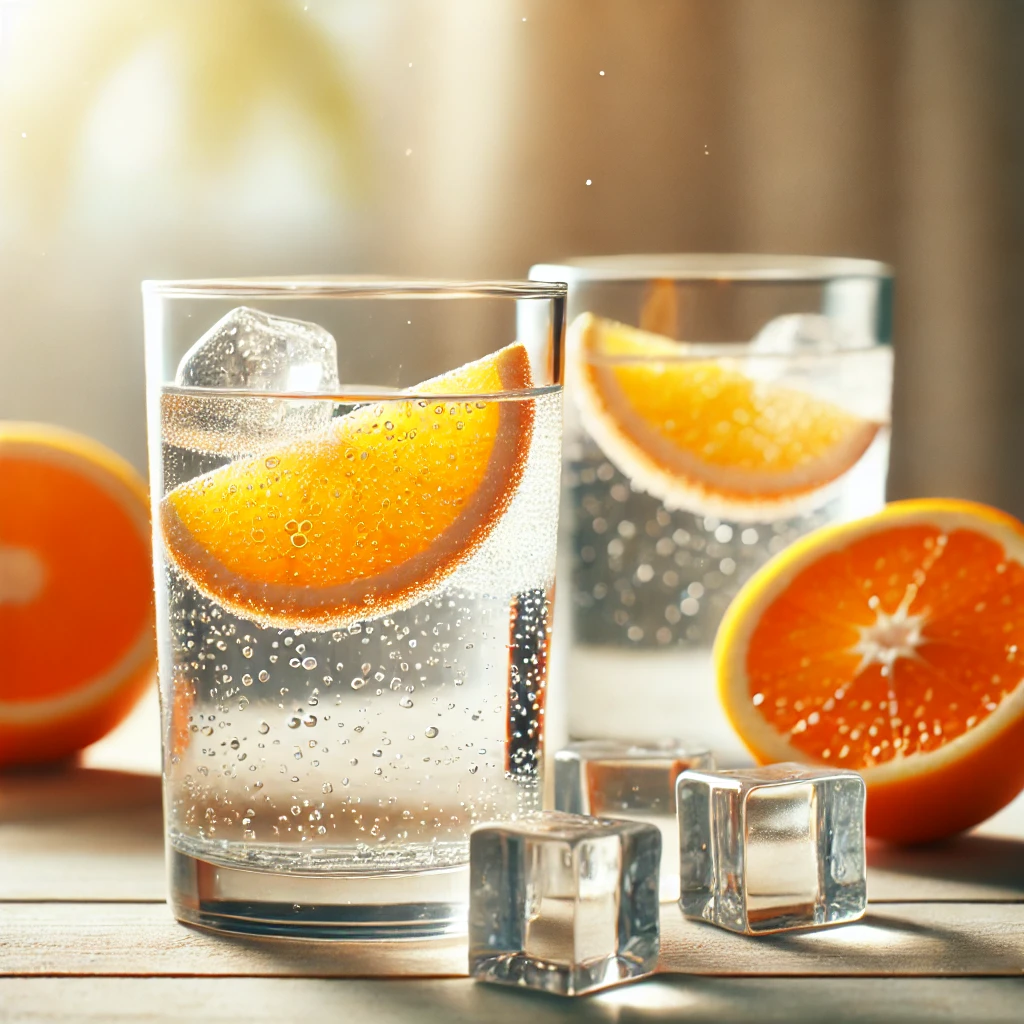Can the Skin Pinch Test Really Tell You If You’re Dehydrated?
Published February 9, 2024 | 3 Minute Read
Staying hydrated is a major focus these days. We lug around oversized water bottles, meticulously track our fluid intake, and even try to justify that extra iced coffee as “hydration.” And now, thanks to TikTok, we have a new way to supposedly measure our hydration levels—the skin pinch test. But is it effective?
We spoke to Brookell White, MS, RD, a registered dietitian, to get the facts.
How to Do the Skin Pinch Test
The TikTok-famous skin pinch test seems straightforward: pinch the skin on your finger around the knuckle. If the skin snaps back quickly, you’re considered hydrated. If it retains its shape for a few seconds, it suggests you might be dehydrated.
Does It Actually Work?
While it may be popular on social media, White is cautious about relying solely on this test. “Pinching is typically done on the top of the hand, under the collar bone, or on the lower arm in clinical settings,” she notes, referencing studies on the subject. Using the finger isn’t a standard method for testing hydration, so it might not be the most accurate indicator.
Instead, White suggests looking out for other, more reliable signs of dehydration as identified by the NHS, including:
- Dry mouth
- Strong-smelling urine
- Feeling fatigued
- Frequent thirst
- Reduced urination frequency
If you’re worried you might be chronically dehydrated, it’s best to consult with a healthcare professional for a proper assessment.
Related Article: [Essential Guide to Hydration]
Easy Hydration Hacks
If your hydration needs some work, simply increasing your water intake can feel daunting. According to the Academy of Nutrition and Dietetics, the recommended daily water intake is 11.5 cups for women and 15.5 cups for men. Here are some simple, effective ways to boost your water intake:
Habit Stacking White suggests pairing a new habit (drinking water) with one you already do consistently. For example:
- Keep a water bottle at your desk.
- Drink a glass of water at every meal.
Track Your Water Intake Logging your water consumption with an app like MyFitnessPal can make it easier to stay on track.
Alternative Hydration Sources If plain water feels like a chore, you’re in luck. White points out that sparkling water, decaf tea, plant-based milk, and coconut water also count toward your daily intake. You can even increase hydration through foods like:
- Oatmeal
- Soups
- Smoothies
- Hydrating fruits and vegetables
The Bottom Line: Pinching your skin isn’t the most accurate method to gauge your hydration. Instead, focus on drinking more water, incorporating hydrating foods, and using tracking tools to ensure you meet your daily needs. Stop pinching, start drinking, and make hydration a seamless part of your day!







